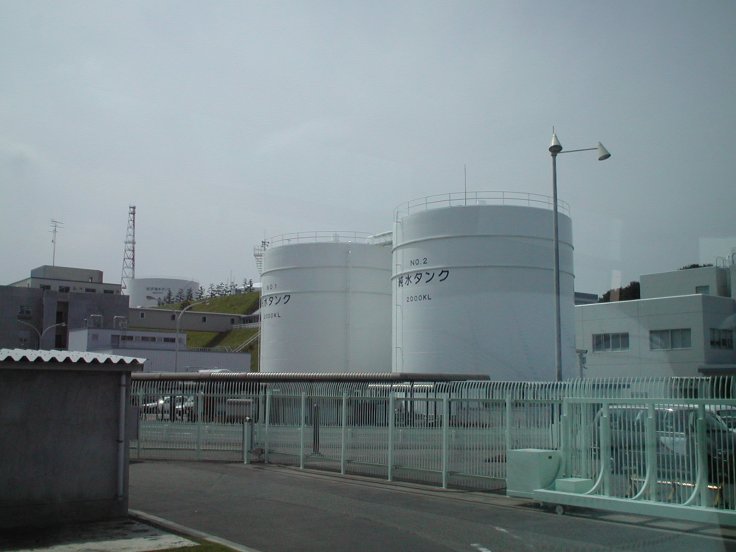Nine years ago, the world was traumatized to know about Japan's Fukushima nuclear plant accident—which was the second-worst nuclear accident in the history of nuclear power generation after Chernobyl. But despite strong opposition from environmentalists, Japan government has decided to release treated radioactive water from the plant into the sea.
The controversial decision by the Prime Minister Yoshihide Suga's government has finally ended years of debate over how to dispose off the liquid that includes water used to cool the power plant after a massive tsunami hit the station in 2011, causing the cooling of the reactors and the cooling of the spent fuel pools to fail.
As reported, earlier this year, a government panel said releasing the radioactive water into the sea or evaporating it were "realistic options." On Friday, October 16, Chief Cabinet Secretary Katsunobu Kato said, "We can't postpone a decision on the plan to deal with the... processed water, to prevent delays in the decommission work of the Fukushima Daiichi nuclear power plant."

Tons of Radioactive Water
Tokyo Electric Power Company (TEPC) has collected 1.23 million tonnes of contaminated radioactive water since the plant was crippled by the devastating earthquake in 2011.
Japanese Industry Minister Hiroshi Kajiyama said in a press conference that "Decommissioning of the Fukushima Daiichi plant is a major premise for restoration in Fukushima from the nuclear disaster. To prevent any delays in the decommissioning process, we need to make a decision quickly."
But along with environmental experts, local fishers and residents have raised major concerns over the decision. As reported, many people have been opposed to the idea as they fear consumers would shun seafood caught nearby. Even South Korea, which has banned imports of seafood from that area, also repeatedly voiced concern about the environmental impact.
Hiroshi Kishi, who is the president of JF Zengyoren, a nationwide federation of fisheries cooperatives, has opposed the idea to release the radioactive water into the ocean in a meeting with Kato on Thursday, October 16.
The Water Is Not Contaminated?

Japan won't be able to delay the decision as the space to store the water—including ground and rainwater that seeps daily into the affected nuclear power plant—is running out.
Even though most of the concerning radioactive isotopes have been removed from the water by using an extensive filtration procedure, one thing is still there—tritium (a radioactive isotope of hydrogen)—which cannot be removed using such technology.
As per a paper by the Health Physics Society, this radioactive isotope does not have chemically toxic effects. "This radiation exposure may very slightly increase the probability that a person will develop cancer during his or her lifetime," it added.
Simon Boxall, an oceanographer at the University of Southampton told The Guardian earlier that even if all water were released into the sea, it would not contain enough tritium to be detectable by the time it dispersed and reached the US west coast about four years from its release.
"In the broad scale of things, if they do end up putting the material in the Pacific, it will have minimal effect on an ocean basin scale. In an ideal world, we wouldn't be in this situation. But the question is, what is the safest way forward? In many ways this is a pragmatic solution," said Boxall.
According to the International Atomic Energy Agency, properly treated water could be diluted with seawater and then safely before releasing into the sea. Reports said that the contaminated water would be diluted inside the facility before its release but the entire process would take around 30 years.









